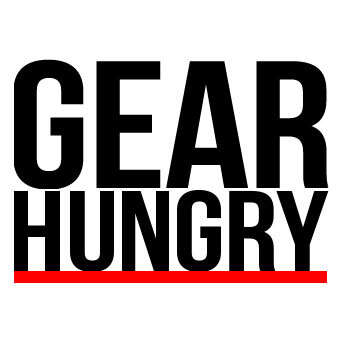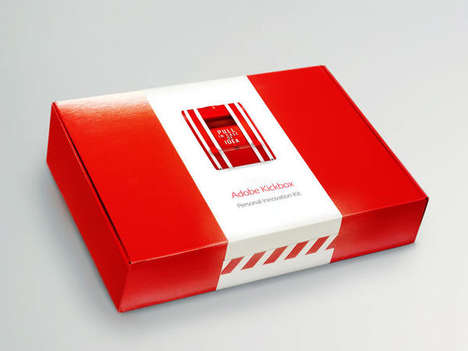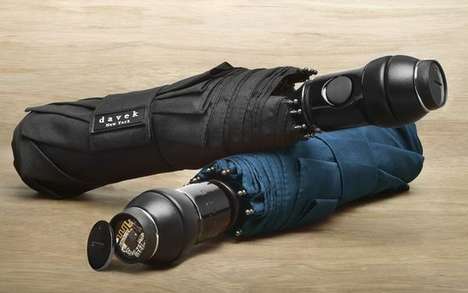Be Willing to Destroy
Mike, GearHungry
 Founded in 2011, GearHungry is a relative new-comer to the blogging scene. Yet the independent digital magazine has made a strong impact online with its clean design and impeccable taste in content. GearHungry's mission statement is simple, "Digging up the best gear for guys from all corners of the internet."
Founded in 2011, GearHungry is a relative new-comer to the blogging scene. Yet the independent digital magazine has made a strong impact online with its clean design and impeccable taste in content. GearHungry's mission statement is simple, "Digging up the best gear for guys from all corners of the internet." With its commitment to viewing the site through the eyes of its readers, GearHungry connects with lovers of good design and those who need to be in the know of must-have products.
7 Questions with Mike of GearHungry
1. How do you reset to be creative?
It’s less of a reset and more constant maintenance. I’ll elaborate: to let the creative juices flow, a physical environment and mental state devoid of distractions and stress-inducing elements is necessary. It’s exceedingly difficult to disconnect and produce something worthwhile when open loops and anxieties continuously sidetrack your focus. You need to be fully immersed in the moment. Sorting your mail the day of, paying bills immediately when they arrive, putting everything in its place after use, using a day planner, these minuscule things add up to far more productivity and especially creativity. So for me it hinges mainly on tasks and things done outside of allotted creative time.
2. What motivates you?
Good design, the resulting products, and what can be accomplished with them. To some, we could be considered minimalists, which is curious when considering that we’re running a blog that’s all about products. But tendencies that might initially appear materialistic are actually driven by a deep appreciation of every tool, every object we consider worthy of a spot on our desks or a nook in our packs and pockets. It’s about knowing what’s out there, knowing we’re properly equipped to handle our work and unforeseeable scenarios that might pop up.
3. How do you stay on top of the cutting edge?
By constantly exposing ourselves to new developments. And by remaining open-minded and questioning ourselves and our views constantly. Because the only sure thing in this world is change, and if you can’t embrace it and evolve your time is numbered from the get-go. And this applies even more so to this industry than to most, set between a free, open web and essentially nonexistent regulation.
We know what people want because it’s what we want, and we’ll continue delivering it even as it evolves.
4. Are there any adjacent industries outside your own that you actively source for inspiration?
Other unrelated design industries. Architecture, interior design. It can be as simple as walking into a coffee shop or restaurant, analyzing their aesthetic. These can provide elements, ratios, and ideas that can later be tailored into loose constituents of a website layout. While we don’t make such changes often, we’re always experimenting with them in the background.
More related are print-based magazines. We’re subscribed to a whole slew of them, from Popular Mechanics to The Economist. For their content, definitely, but also for their methods of delivering the former.
5. Where do you see the future of blogs heading?
Likely in a direction and path similar to the one they’ve been on in recent years. Niches will intensify, bloggers will be further empowered by constantly-improving technologies, and ever more readers across a panoply of devices — both small and big — will count on bloggers to update, enlighten, and educate them on subjects in ways big media companies can’t, or won’t.
Our advantage is our ability to adapt to changing times and to quickly implement new technologies and tools. We’re willing to destroy, and can tear down and rebuild our structure at a whim. And operational costs, while already low, should continue to come down, meaning just about anyone with passion and a computer can begin publishing from their desk in no time at all.
6. What is the mission of your blog?
Briefly, our mission is to dig up and deliver the most interesting and relevant products for guys on a daily basis, while providing as little distraction as possible to enable maximum consumption of this content. Or, in fewer words, display engaging, interesting products. Alongside large Retina-enabled images are short blurbs which summarize the essence of each product, and links that follows through to a purchase page or to further information.
It sounds obvious, but so many blogs and websites overlook crucial aspects, such as good imagery or intuitive layouts. If I have to read an article about a product and then Google it afterwards because the writer didn’t think to include a link, it’ll make my day that much worse. Not to mention important details buried within too-long articles that test our patience, or lack thereof. And we won’t publish articles just to meet quotas: if we’ve depleted the web of interesting content for the day, we’ll just stop there.
7. What makes your blog different? How can viewers leverage the content on your blog?
Our commitment to see our site through the eyes of our readers.
This might not be obvious in a quick overview of the site so I’ll analyse a few things we do differently. First, extremely rigorous standards when it comes to choosing products to feature. The number of products we turn down far outweighs the ones we feature. We’re also not shy to turn down sponsorships if we feel they’d diminish quality in the least. And we serve far less ads (and of higher quality) to keep a clean, clutter-free layout.
Lovers of good design, materialists, minimalists, and just about anybody who wants to stay up to date with must-have products targeted mainly towards men can and do appreciate our work. It’s easy to scroll through the site or RSS feed or to do a search for a type of product you’re looking for. It’s a solid jumping board for shoppers, especially those who can’t stand to miss learning about the latest thing.
References: gearhungry
Featured Articles

Automated Creativity
Consumers seek ways to push their imaginations to the limit

Autonomous Communication
Instead of relying on drivers, V2V technology leads the way for safety

Affordable Add-on
Consumers opt for cost-effective ways to upgrade existing equipment

Reminder Tech
Consumers turn to tech to keep their everyday lives in check